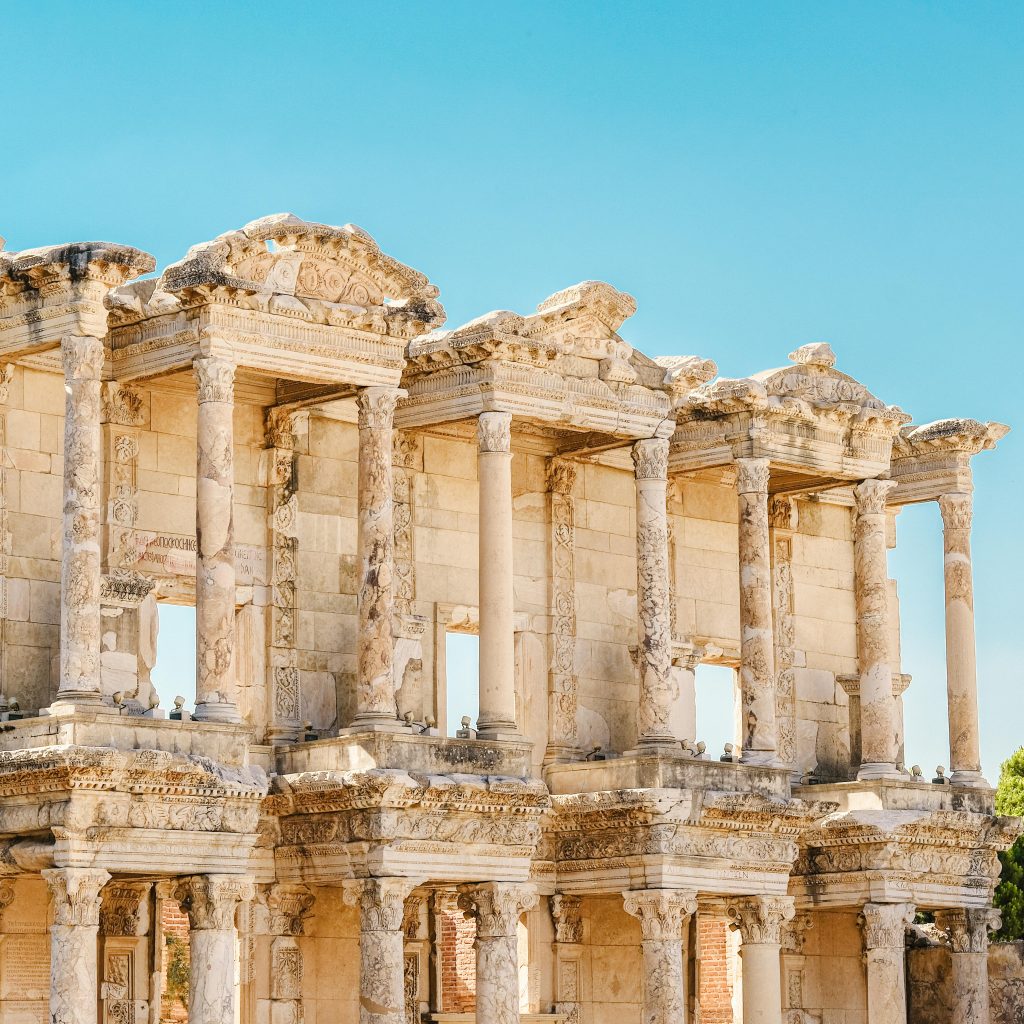
Ephesus Ancient City, located in İzmir’s Selçuk district, stands as one of the most remarkable ancient cities in history. With origins dating back to the 10th century BC, it has witnessed the grandeur of the Hellenistic, Roman, Byzantine, and Ottoman eras. More than just a bustling port, Ephesus was a thriving hub for trade, culture, and religion. Today, as a UNESCO World Heritage Site, it continues to captivate millions of visitors.
The History of Ephesus Ancient City
Ephesus was originally founded by the Ancient Greeks and later flourished under Roman rule. The city reached its peak during the reign of Emperor Augustus, becoming a center of wealth and sophistication. One of its most extraordinary landmarks, the Temple of Artemis, was recognized as one of the Seven Wonders of the Ancient World.
However, over time, Ephesus lost its prominence as the Küçük Menderes River gradually silted up its harbor, severing its vital trade connections. By the 15th century, the city was completely abandoned. Today, ongoing archaeological excavations continue to uncover awe-inspiring structures that reveal the city’s former glory.
Major Landmarks of Ephesus Ancient City
1. Celsus Library
One of the most iconic landmarks in Ephesus, the Celsus Library was among the greatest libraries of the Roman world. Completed in 135 AD, it once housed 12,000 scrolls, serving as a prominent center for learning and knowledge.
2. The Great Theater
With a seating capacity of 25,000, the Great Theater of Ephesus was one of the largest open-air theaters of the Roman era. It hosted gladiatorial battles, theatrical performances, and significant public gatherings.
3. Temple of Artemis
As one of the Seven Wonders of the Ancient World, the Temple of Artemis was a highly revered religious sanctuary. Though only a few columns remain today, it still symbolizes the city’s ancient splendor.
4. Temple of Hadrian
Built in the 2nd century AD, the Temple of Hadrian is among the best-preserved monuments in Ephesus. Its intricate reliefs depict mythological tales and the founding legends of the city.
5. Marble Street and the Agora
Marble Street, a main thoroughfare in Ephesus, connected significant parts of the city, including the Agora, a bustling commercial center where merchants displayed and sold their goods.
Life in Ephesus
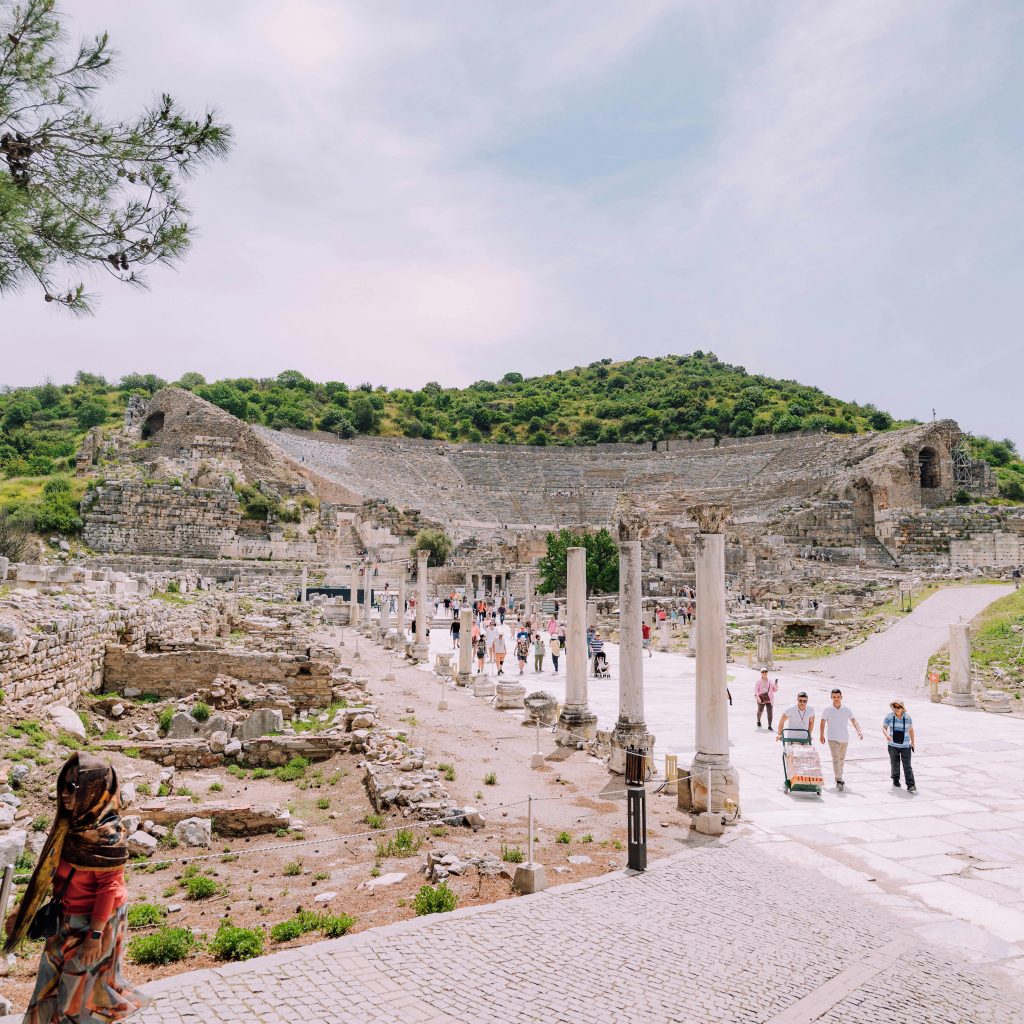
Ephesus was more than just an architectural marvel—it was a thriving metropolis where culture, commerce, and intellectual pursuits flourished.
Daily Life
Ephesians strolled through broad, stone-paved avenues, socialized in public bathhouses, and engaged in commerce in lively forums. The city’s economy thrived on a network of merchants, artisans, and scholars.
Education and Science
Ephesus was a hub of intellectual enlightenment, with libraries such as the Celsus Library housing invaluable scientific and philosophical texts.
Religion and Belief
The Temple of Artemis was a major religious site in antiquity. Later, during the rise of Christianity, Ephesus became an important Christian center. It is believed that Saint John resided here and that the Virgin Mary spent her final years in Ephesus.
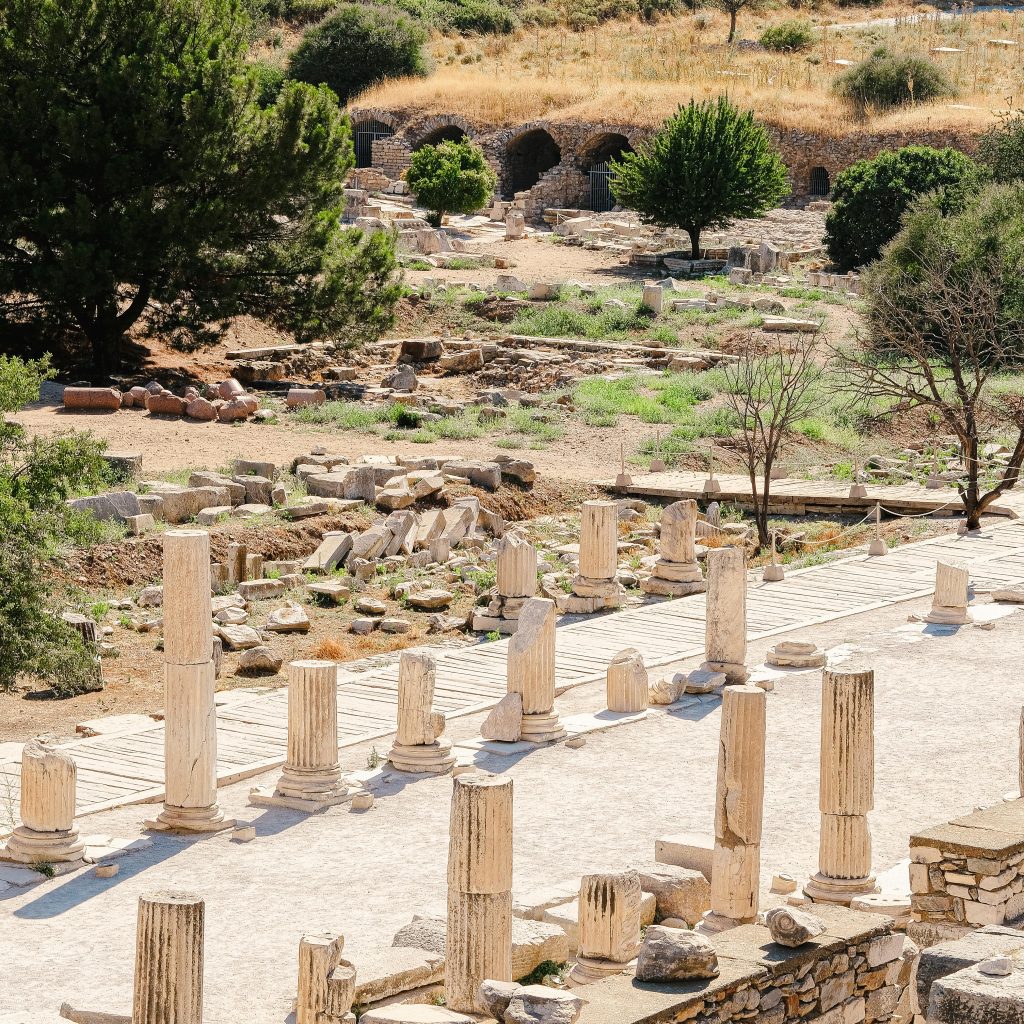
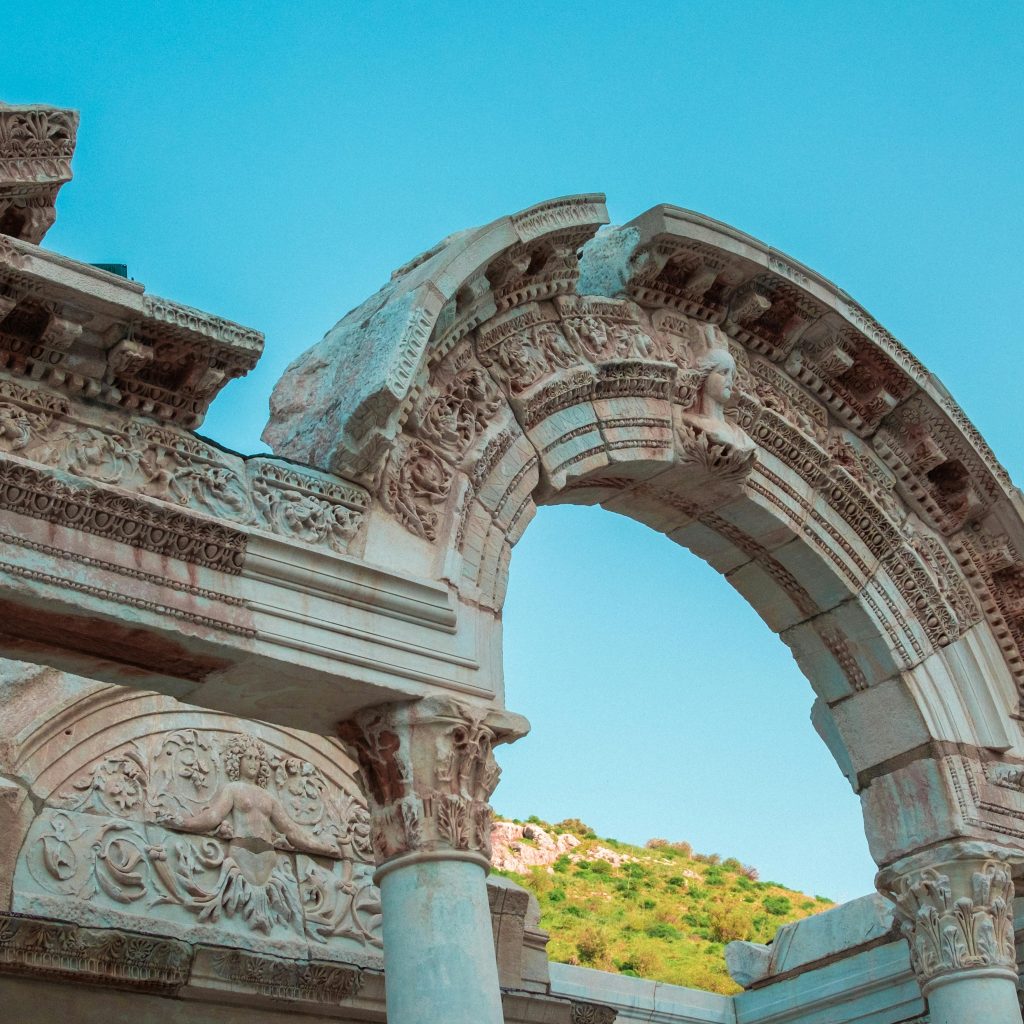
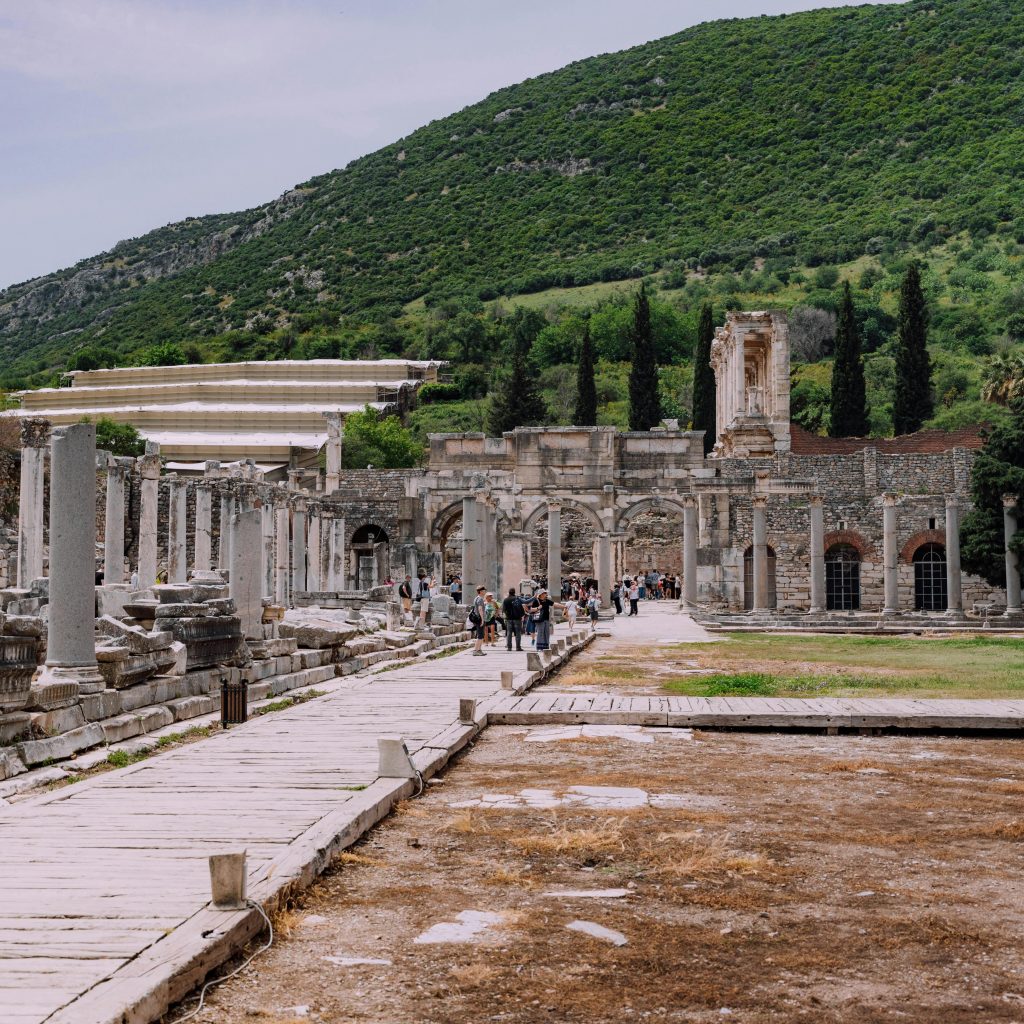
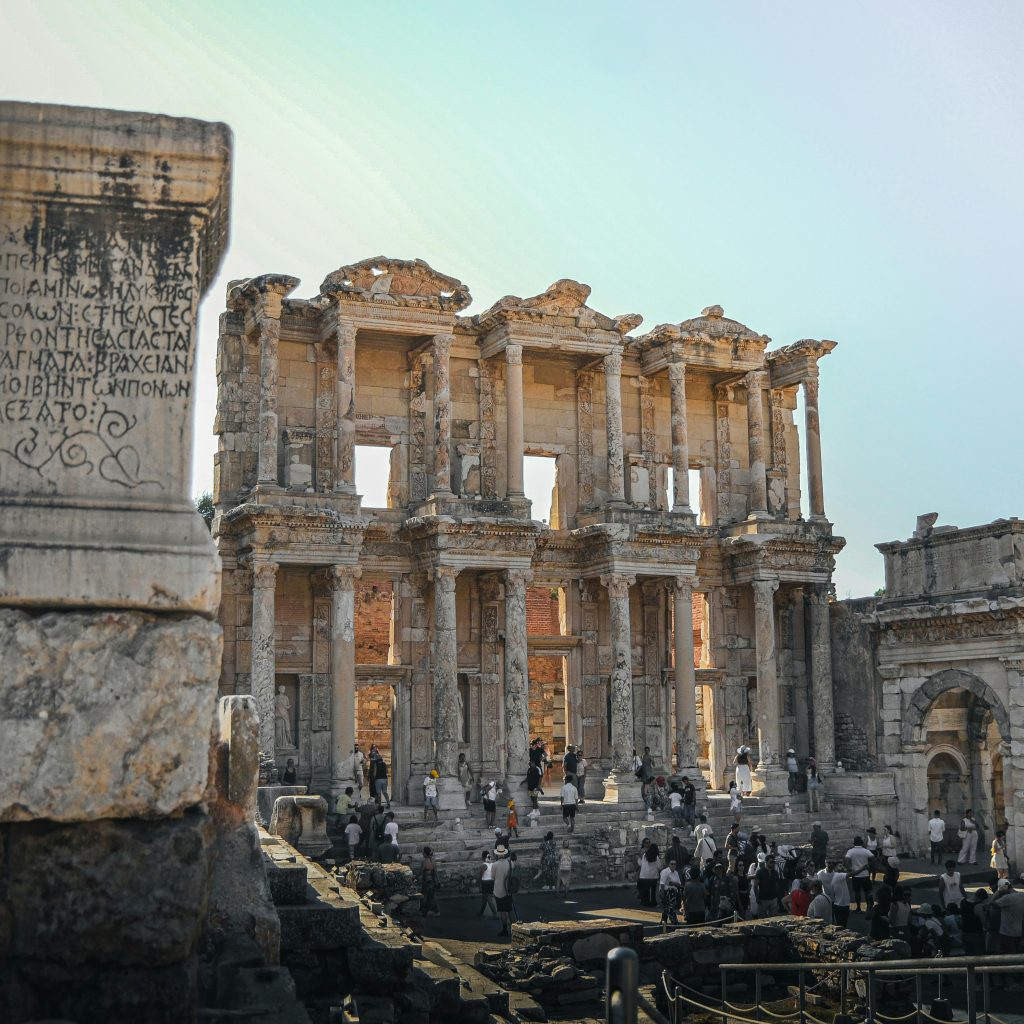
Ephesus Ancient City has been home to multiple civilizations, leaving behind an incomparable cultural heritage. Today, it continues to stand as a timeless wonder, offering visitors an immersive journey into history. If you’re seeking an unforgettable historical adventure, Ephesus is a must-visit destination.
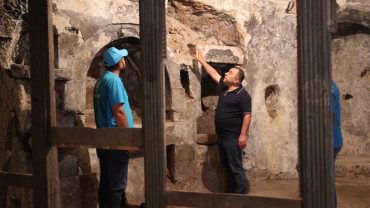


Comment (0)